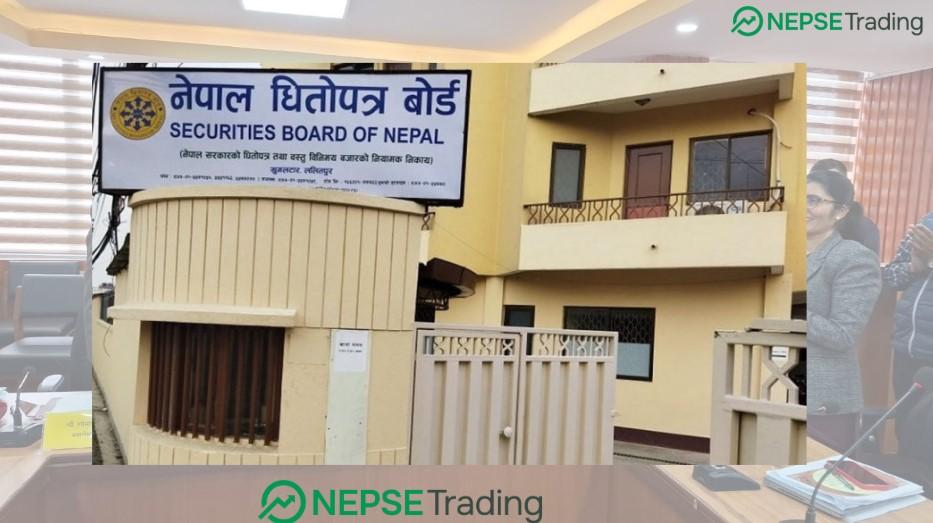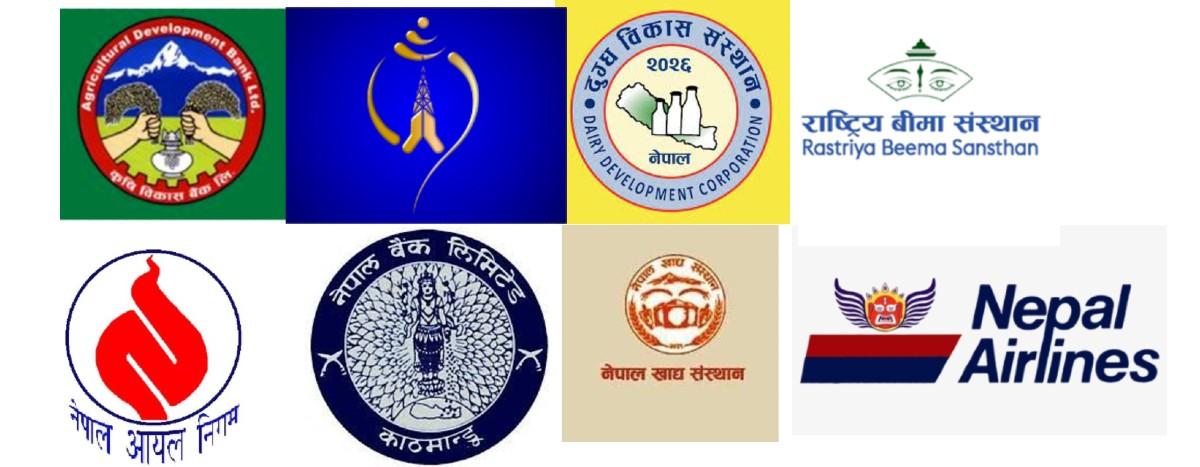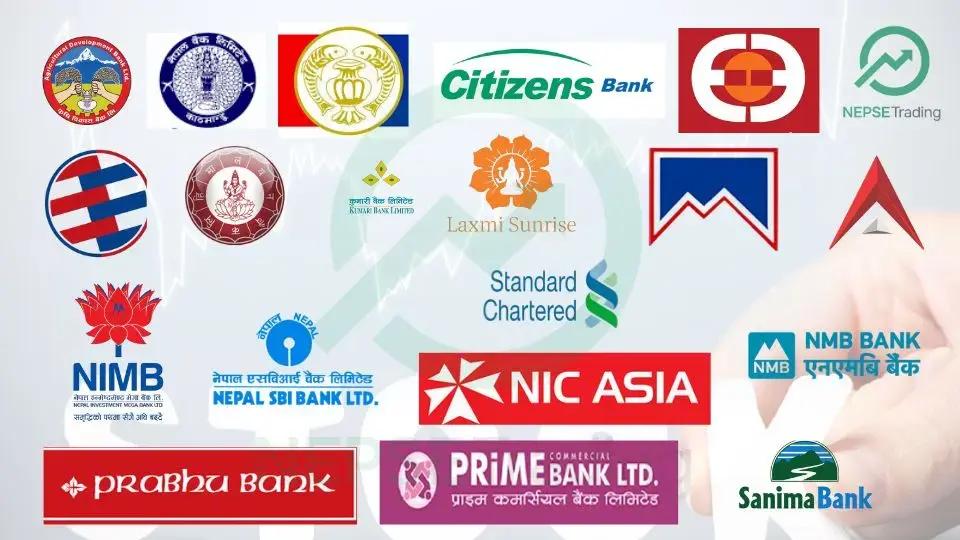By Dipesh Ghimire
Cash Circulation Surges by Rs. 27.46 Billion During Festive Season — Slower Growth Compared to Last Year

Nepal’s festive season has once again fueled a surge in cash demand, with the amount of currency in circulation (CIC) rising by Rs. 27.46 billion compared to the same period last year, according to the latest financial position report for Ashwin (mid-October) published by the Nepal Rastra Bank (NRB).
As of the end of Ashwin 2082 BS, the total cash in circulation stood at Rs. 788.78 billion, up from Rs. 761.31 billion during Ashwin 2081 BS. This increase reflects a typical seasonal spike in liquidity as households withdraw money for festival-related expenses such as consumer goods, travel, gifts, and household purchases during Dashain and Tihar.
The rise of nearly Rs. 27.5 billion over last year highlights the strong demand for cash-based transactions during Nepal’s biggest annual festivals. Traditionally, these months see higher outflows from banks as people prefer physical cash for personal spending, retail shopping, and remittance distribution in rural areas.
This surge also aligns with retail sector growth and the revival of household consumption post-COVID recovery. NRB officials attribute the seasonal rise to festive consumption cycles and salary disbursements ahead of holidays.
Despite the increase in absolute terms, the rate of growth in cash circulation during this year’s festive season has slowed significantly compared to the previous year.
In Ashwin 2081 BS, cash circulation was 11.94% higher than Asar (June/July) levels — indicating a sharp liquidity rise ahead of Dashain. However, this year, the increase is only 5.15% higher than Asar 2082 BS, suggesting moderate cash withdrawals relative to previous festive cycles.
This slowdown may reflect several evolving economic patterns:
Digital payments and QR transactions are gaining traction, reducing reliance on physical currency.
Consumer sentiment remains cautious, with households limiting spending amid high inflation and stagnant income growth.
Improved banking access and digital wallets may be containing excessive cash hoarding.
While the headline increase of Rs. 27.46 billion points to robust seasonal liquidity, analysts note that the pace of money movement in the economy has softened. A lower percentage rise compared to last year indicates that Nepal’s cash-based consumption model may be gradually transitioning toward digital and formal payment channels.
Economists suggest that the slower rise could also be a symptom of tepid overall consumption and cautious household budgeting, reflecting persistent economic uncertainty. The trend may be welcome for monetary authorities, as lower cash demand reduces short-term inflationary pressure and eases liquidity management challenges for NRB.
However, from a business perspective, retail turnover and festival spending might not have matched the robust levels seen in 2081 BS, especially in rural markets still dependent on cash.
From a policy standpoint, NRB’s data indicates that currency circulation remains high but stable, suggesting controlled liquidity amid rising festival-driven consumption. The moderate growth allows NRB to maintain a neutral stance on liquidity operations without resorting to aggressive deposit collections or open market interventions.
The findings also underscore NRB’s ongoing efforts to encourage digital financial inclusion, aiming to gradually reduce the share of physical currency in total money supply.
Nepal’s festive economy continues to generate seasonal liquidity surges, with Rs. 788.78 billion in cash circulating by the end of Ashwin 2082 BS — Rs. 27.46 billion more than last year. Yet, the slower growth rate signals a subtle but steady transition toward digital transactions, reflecting changing consumer habits, cautious spending, and evolving monetary dynamics.
The trend offers both opportunities and challenges: while it strengthens financial formalization, it also highlights slower cash-based market momentum during one of Nepal’s most vital consumption periods.









